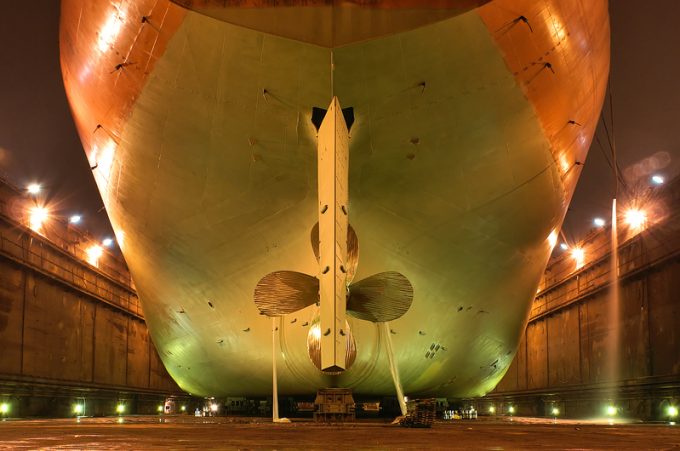CMA CGM negotiates deal for 10 methanol ULCV newbuilds
French carrier CMA CGM is in “serious discussions” with Yangzijiang Shipbuilding to build up to ...

“If you look at the market right now, it is easy to take the position that carriers have massively overordered,” analyst Lars Jensen told The Loadstar Podcast last week.
He explained that with ageing tankers and bulk ships also needing to abide by IMO decarbonisation rules, “this could easily overwhelm the shipyards with orders”.
He added: “That means in three or four years a container line might want new ships, but either can’t get them because there is zero shipyard availability, or ...
Volcanic disruption at Anchorage could hit transpacific airfreight operations
Macron calls for ‘suspension’ – CMA CGM's $20bn US investment in doubt
Forwarders stay cool as US 'liberation day' tariffs threaten 'global trade war'
Shippers snap up airfreight capacity to US ahead of tariff deadline
De minimis exemption on shipments from China to the US will end in May
Tighter EU import requirements proving 'a challenge' for forwarders
Looming Trump tariffs will create 'a bureaucratic monster' for Customs

Comment on this article